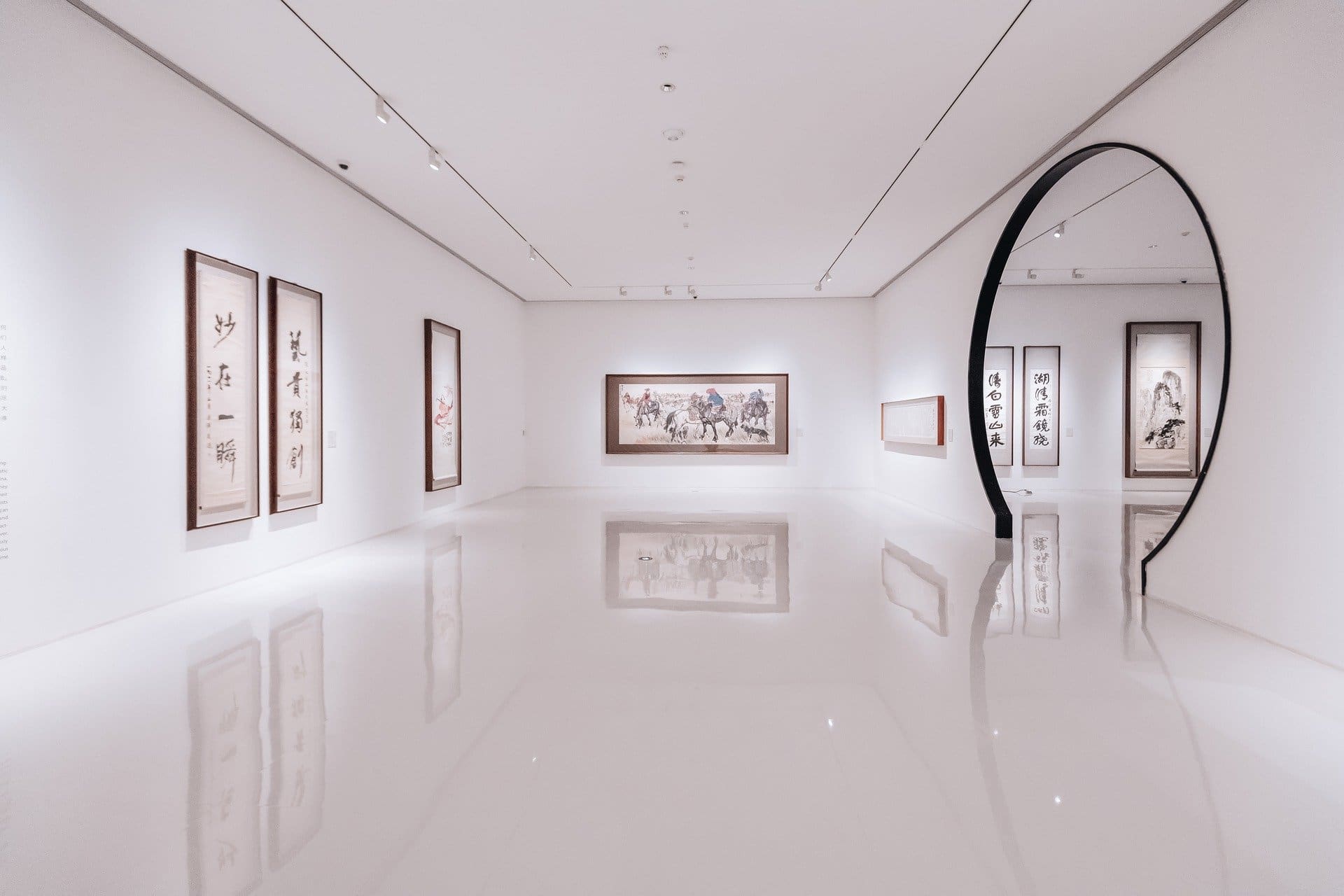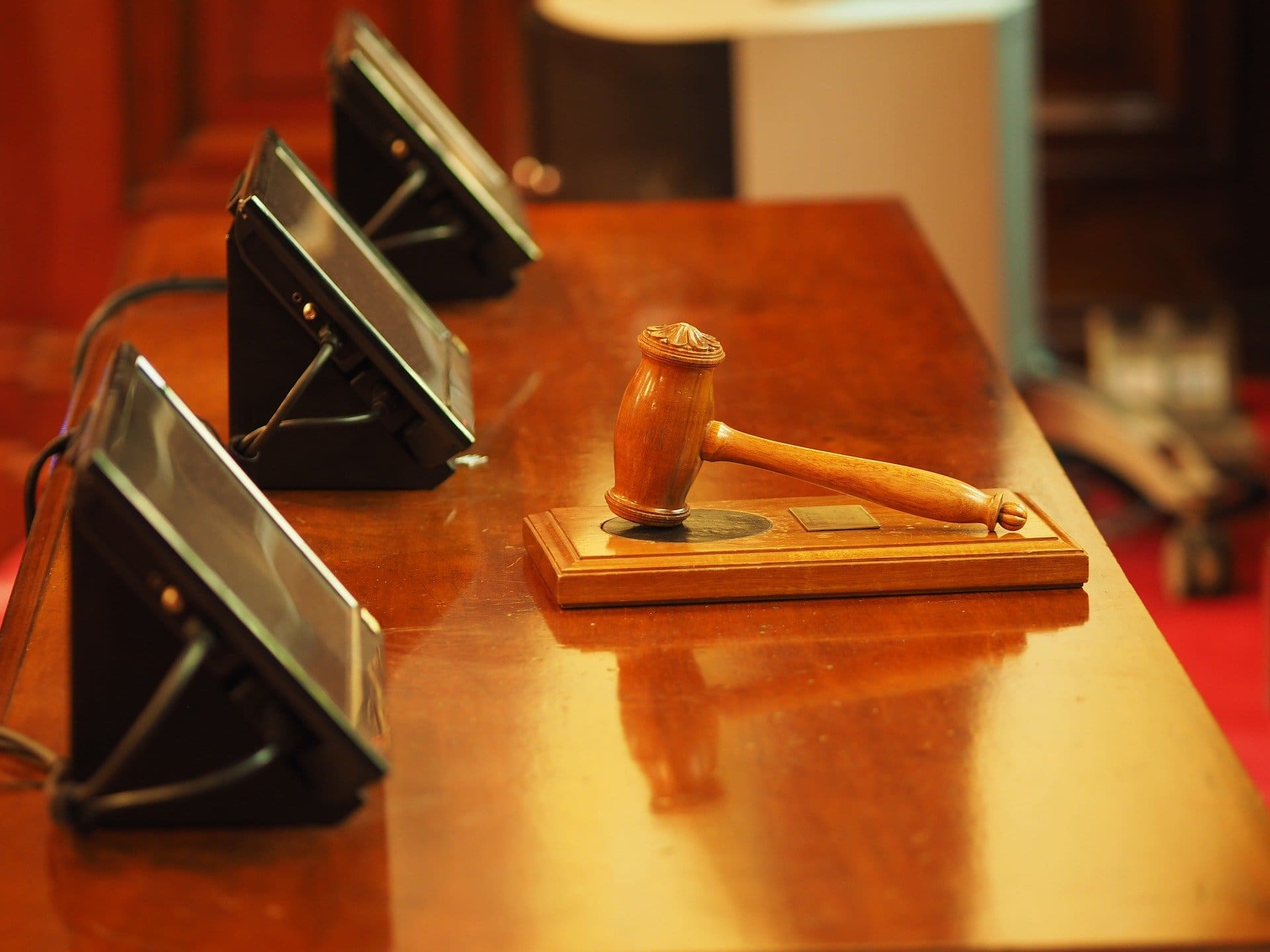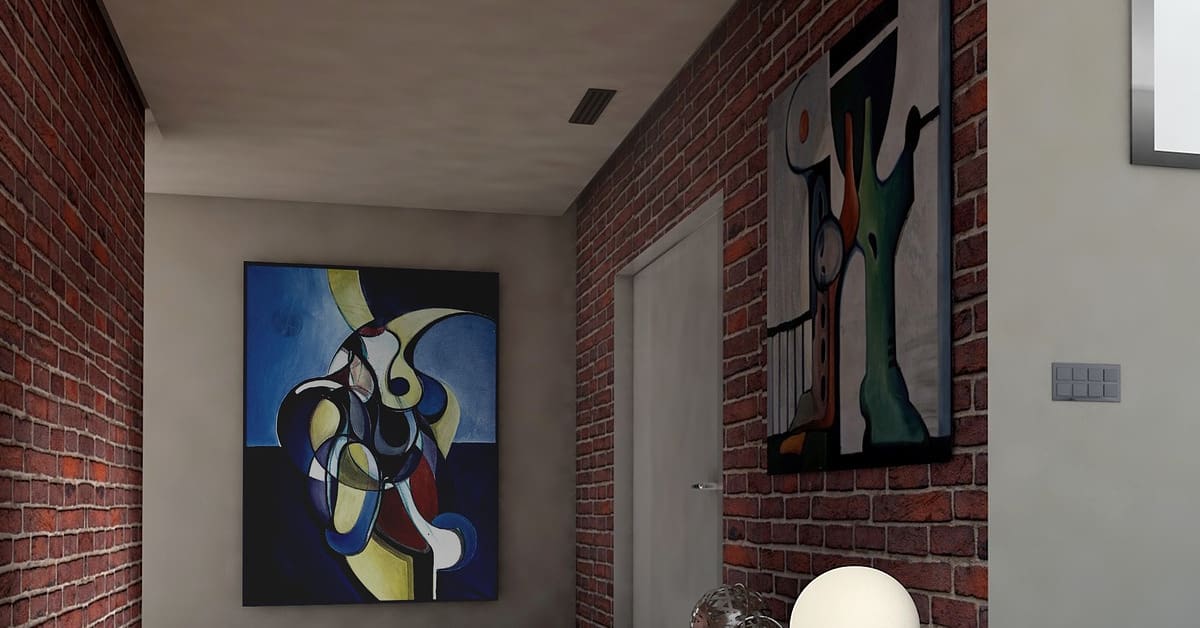that next, perfect piece of artwork is always just on the horizon for an art collector. it’s part of the joy in buying art for investment and enjoyment – your collection becomes a living, breathing thing, ready to expand and take on new life with your next purchase.
but for any art collector who isn’t a russian oligarch (that is, most of us) it’s also important to find the right price for your artwork. and it’s not just a matter of staying in budget. for many collectors, art is both an asset and an investment, and getting a great deal is key.
so how do you make sure you’re getting a good deal on your artwork?

get to know the artist
if you’re going to invest in art, you should get to know the artist first. not personally – although if you do bump into your favourite artist one day, it never hurts to say hello. (or maybe save time and just send them a tweet.)
try to learn everything you can about the artist’s past work, as well as their current work. who are they represented by? how often do they exhibit their work? has the price of their work increased since the start of their career? essentially, is this an artist to invest in?
these things can help show you whether the artist is headed for more success. if you think the artwork is likely to be worth more in the future, you can judge whether the asking price is a good deal.
while you’re googling, it’s also worth checking the galleries and publications that mention the artist. for a start, make sure the information is actually legitimate – but you can also check to see whether it’s a well-known source. an international art fair suggests the artist is more successful that someone who has only been reported at local shows.
this doesn’t mean a newer, less-known artist isn’t worth investing in – often, buying from an emerging artist is a fantastic investment. but you should know what each artist’s work is worth before you start considering whether you’re getting a deal.
make friends in the right places
“it’s not what you know, but who you know” may be a cliché, but if so it’s stuck around for a reason. it’s especially true in the art world – not just for artists and dealers, but for buyers as well.
this is partly because the value of investment artwork is based on the appreciation that people have for it. getting to know other art lovers means you can talk to them about many different artists, including your own favourites. this can give you a sense of what you can expect to pay for an artist’s work.
having friends in the art world also means you’ll be among the first to hear of any great deals going. if your friends know you’re looking for your next bob harper original or fabian perez limited edition print, they’ll let you know if and when they see something you may like.
they might tell you about recent purchases they’ve made, where they got a deal or a discount. if you’re new to art collecting, this is a great way to learn how things work. and even if you’ve been collecting for years, a few new insights never hurt.
your friends might also give you an idea of which new artists are making a splash. word of mouth can be the best way to find an emerging artist – or even a well-known artist who slipped past you.

become a regular
when buying art, it’s also worth making connections with professionals in the industry. when visiting a gallery or art fair, take some time to chat to those working there, and make sure they remember you.
find the galleries that represent the artists you like the best, and make sure to keep in contact. it’s always worth popping in to see what’s there, or emailing if you’re not able to go in person.
a gallery will always appreciate buyer loyalty – and don’t underestimate the power of referrals! if the gallery already knows you, you can send in a friend who’s looking for art and tell them to drop your name.
building a relationship with a gallery means they’ll get to know your tastes and budget. if you ask to be informed when the next investment art from your favourite artist comes in, you have the best chance to grab your perfect piece. they can also tell you about any new artists who are about to increase in value, allowing you to get in on the ground floor with an investment.
as well as being the first to hear about incoming works, however, you can use this relationship to your advantage. if the gallery or dealer knows you’ll be returning for your next purchase, they may be more willing to negotiate on price.
explore the secondary art market
if you’re looking for affordable art to invest in, always check what’s available on the secondary market. buying artworks from resellers can be a great way to save money on your next investment. resellers are more likely to offer a discount upfront – and if they’ve based their price on the current market value of the artwork, you’re automatically getting a good deal.
for example, a 10 percent discount on current market price means the artwork has increased in value by 10 percent as soon as you buy it.
if you’ve researched the artist beforehand, you can also make an educated guess as to why the owner is reselling the artwork. it might be because the artwork has already increased in value from when they originally bought it – if so, you can look for a pattern that suggests it will increase in value again.
when entering the secondary market, however, be careful that you’re looking at reputable sites and dealers. some sites like ebay may not provide the provenance you’ll need to prove the artwork is genuine (and worth your investment.) learning more about the artist and how their work is authenticated will help with this.
be careful at art auctions
you can sometimes find a good deal at auction, especially if you spot an artwork that has a lower estimate than its real worth. you can keep an eye on what’s coming up for auction and plan ahead for possibilities.
but on the day, prepare yourself to hold back if the price goes up – the speed and showy nature of the sales can mean you’ll be swept up in the excitement and end up overspending. if you’ve never been to an auction before, it’s best to go and watch the first time, so you can get used to it.
and, if buying art at auction, beware the buyer’s premium! this is the fee (usually upwards of 25% plus vat) that gets tacked onto the hammer price, and goes directly to the auction house – before additional commission is taken off as well. it’s no longer a good deal if you suddenly have, say, an extra 30% to pay.

learn the art of negotiation
a new art collector will sometimes be surprised that they can negotiate on prices. to the uninitiated, it can sound as though you’re expected to enter some bustling marketplace and start haggling furiously. it’s much more relaxed than this, however, and is common in art sales. with some practise, you can often get a percentage taken off the asking price of your next artwork.
it should be noted that some people think this means that all new artwork is marked up automatically, with the expectation that everyone’s going to ask for a discount. not so. the dealer will consider each request individually when negotiating – and this is where educating yourself will help. you don’t want to go in with an absurdly low request, as this will indicate that you don’t know what the art is actually worth, and it makes negotiating difficult.
this is also when an already-established relationship with your dealer will come in handy. if they know you’ll be back for more, they have an incentive to lower the price a bit for you.
double up your purchases
if it’s in the budget, consider buying two or more artworks if the right ones come along. if you buy them both from the same gallery or reseller, you will be much more likely to get a discount.
this can mean strategic buying. if there is a high value piece you have your eye on, you might buy a smaller, mid-range piece that is worth much less, but which will still give the seller an incentive to knock a bit off the price.
know it when you see it
the more you know about the art, the artist, and the art market, the quicker you’ll be to spot a deal when you see one. and sometimes, that speed is key to getting the deal you want.
this is particularly the case if you’re looking for artwork from a well-known artist, as chances are you’re not the only one looking for their next piece. if you found a deal, someone else might be close behind. the knowledge you bring to the table can help you be decisive and take the deal when you recognise it – and get that next, perfect piece of art.

